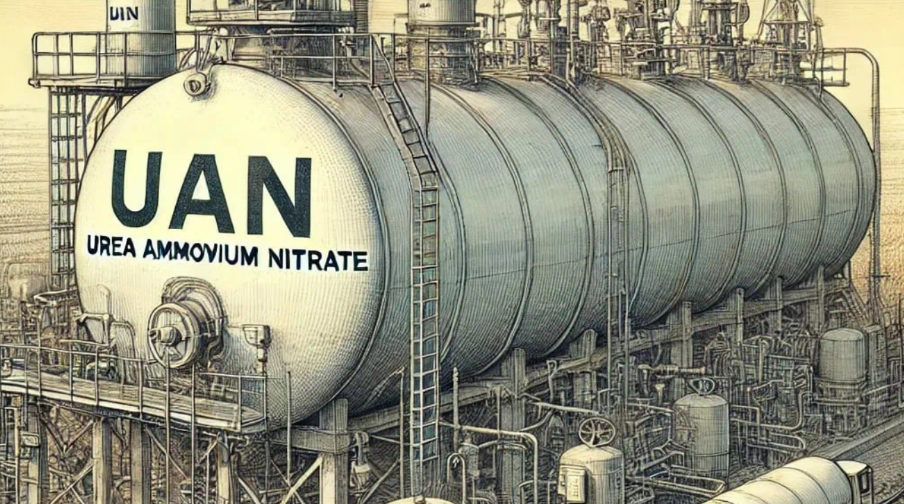
Exhibition time: 17-19 March, 2026 Shanghai, China
 中文
中文

Exhibition time: 17-19 March, 2026 Shanghai, China
 中文
中文

When I worked for a Ukrainian production holding, we produced a lot of UAN. Yes, we used exactly that verb—“to brew.” Whenever we had an issue with urea quality (high biuret content, in particular), we would make UAN. And I must say—farmers still like it. Urea and UAN (Urea Ammonium Nitrate) liquid fertilizers are widely used by farmers across the globe. Both have unique properties, applications, and benefits, making them suitable for different scenarios.
Both urea and UAN are primarily used to supply nitrogen to plants, a critical nutrient for plant growth. Urea contains 46% nitrogen, making it one of the most concentrated nitrogen fertilizers. UAN, on the other hand, is a liquid mixture typically containing 28–32% nitrogen, combining urea, ammonium nitrate, and water.
Urea and UAN can be used on a wide range of crops, including cereals, fruits, vegetables, and ornamental plants. They can be applied to both large-scale agricultural fields and smaller garden plots, making them versatile options for different farming practices.
Both fertilizers can be applied using various methods, such as broadcast spreading, banding, and foliar feeding. Urea can be spread as granules, while UAN is typically applied through fertigation (injection into irrigation water) or as a spray. This flexibility in application methods allows farmers to choose the best approach for their specific needs.
At the same time, there are some differences between these two nitrogen fertilizers.
One of the most significant differences is their physical form. Urea is a solid, granular fertilizer, while UAN is a liquid. This difference impacts how they are stored, handled, and applied. Urea granules are easy to spread and can be mixed with other dry fertilizers. Still, they require careful handling to avoid losses due to volatilization (the conversion of nitrogen to ammonia gas). UAN, being a liquid, can be easily mixed with other liquid fertilizers or pesticides, making it more convenient for tank mixing and precision application.
As I mentioned earlier, urea is prone to volatilization, especially when applied to the soil surface without incorporation. If urea is not quickly absorbed into the soil or not applied before rain, nitrogen loss can occur, reducing its efficiency. UAN, particularly when injected into the soil or used in no-till systems, has a lower risk of volatilization, making it more efficient in retaining nitrogen for plant uptake.
UAN is often preferred when multiple inputs must be applied simultaneously. Its liquid form allows it to be mixed with herbicides, insecticides, and other nutrients, enabling farmers to save time and labor by using several products in one pass. Being solid, Urea needs to have this level of compatibility and usually requires separate applications.
Urea is generally less expensive per unit of nitrogen compared to UAN, making it a more cost-effective option for many farmers. However, UAN’s ease of application and reduced risk of volatilization (which I consider a critical point and why I keep mentioning it) can offset the higher cost in certain situations, especially where precision agriculture practices are employed.
As always, a sophisticated and educated farmer will base his or her choice of nitrogen fertilizers on various factors, such as the method of application, risk of nitrogen loss, compatibility with other farm inputs, and overall cost. Understanding the strengths and limitations of each allows them to make informed decisions that optimize crop yield and sustainability.
Source:FertilizerDaily